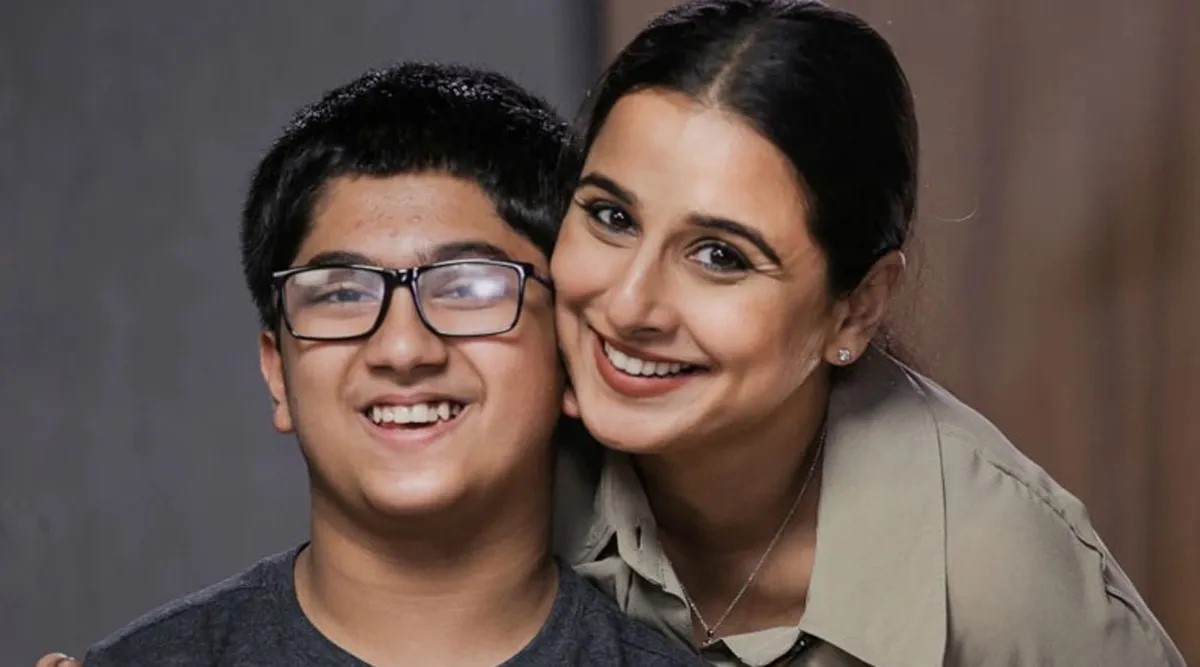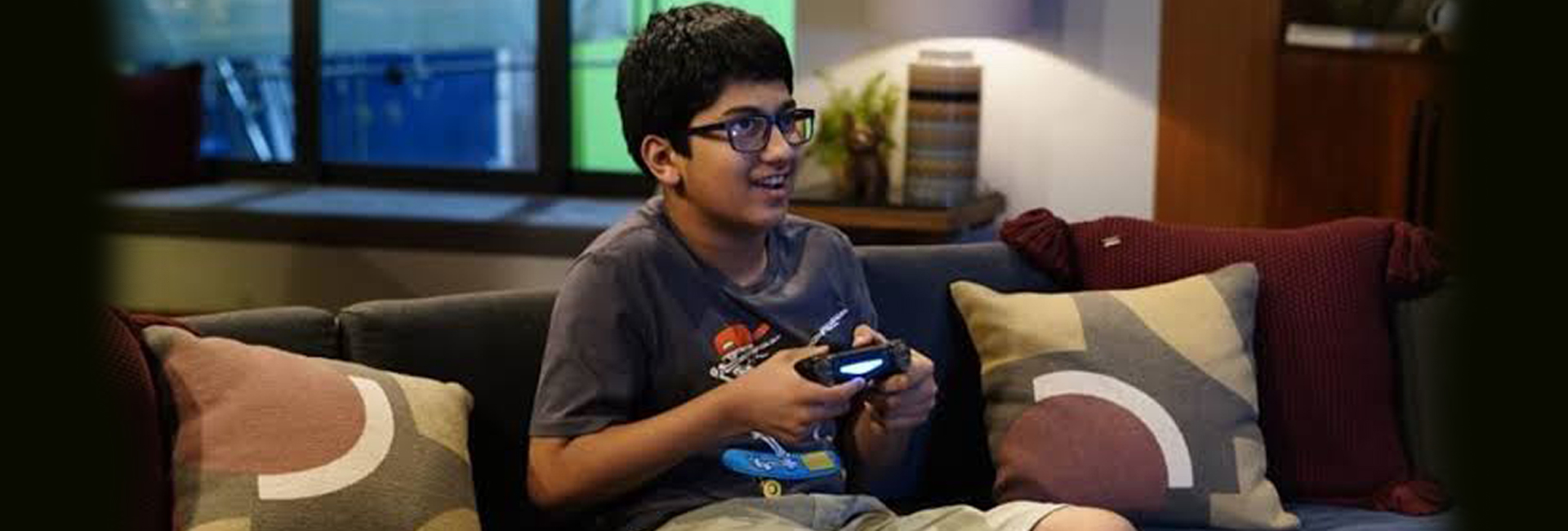(October 31, 2022) In the opening scene of Jalsa, a neurodivergent, teenage boy makes a video on how to bowl. Inspiration had come from Surya Kasibhatla himself, who plays the role of Ayush and is the first actor with cerebral palsy to be in a Bollywood film. Surya, who liked to post videos of his own on YouTube, made one with cricket tips.
Auditions and a serendipitous discovery
Ultimately, the video would lead the Jalsa team to him. After over two months of auditions, where over 150 Indian kids with cerebral palsy were put through rounds of specially-designed auditions, they zeroed in on Surya Kasibhatla. The actor was flown down from America, with precautions made all through the journey, both on and off the sets.

Surya Kasibhatla and Vidya Balan in Jalsa
Jalsa has received acclaim the world over, with Kasibhatla’s performance singled out for praise. It’s the first time a person with cerebral palsy has acted in a Hindi movie. “Whether that is me or not, is a secondary aspect,” Kasibhatla told Forbes Magazine.
Much of this was driven by casting director Anmol Ahuja, who had Kasibhatla flown down from America. Ahuja’s early brief had been to cast a neurodivergent actor and he began a hunt for actors along with Deepak Agarwal, another member of the team. They spotted actors in Doha, South Africa and Mumbai. At the same time, they also looked for kids with a background in theatre, a reluctant back-up plan. Eventually, they knew they had found what they were looking for in Surya Kasibhatla. Precautions were in place on and off the sets, to ensure that the young Global Indian felt at home.
The debutant who made history
Surya’s newfound stardom does little to hide the excited, star struck 13-year-old, for whom working with Vidya Balan was one of the highlights of the experience.
“I have always loved Vidya ma’am’s acting,” he told the Hindustan Times in an interview. “Working with Vidya ma’am was more than a dream come true and absolutely delightful. She was very loving and caring and I had a gala time working with her. She is my favourite actress.”
Dreams of the silver screen
Surya was four years old when he first decided he wanted to be an actor. Born in Hyderabad, Surya and his parents faced the immediate challenges of a raising a neurodivergent child. “There is a long way for societies to become completely exclusive,” he said, in the HT interview. There are schools, however, which make the effort. Daksha School in Hyderabad, where Surya studied, is one of them and for that he is always grateful.
Growing up, his parents ensured that their son was never treated differently. His father, who is an IT professional, migrated to the United States when Surya was still young, although he was, by then, a big fan of Bollywood and Telegu cinema. Surya told the BBC he lives in a “happy and engaged family environment at home and is part of all decision-making on important matters pertaining to him.”
By the age of 13, when he was chosen for the role, Surya was doing software development, having shown an early talent for computer programming, music, movies and sports. Word of the role in Jalsa came from his physiotherapists in India, who reached out to his parents.
In the Maximum City
It was the cricket video that did the trick. “The moment we saw that video, we knew we had to get him,” Ahuja told Film Companion. He then got on a video call with director Suresh Triveni before being cast in the role.
The film team also re-visited Ayush’s character, re-working the script to establish as many similarities as they could between him and Kasibhatla. Long dialogues were removed – they were not in keeping with the typical style of speech for someone with cerebral palsy.
The making of Jalsa was a complex and layered process. Acting, Surya found, harder than he had imagined. When he arrived in Mumbai, he was started off with film workshops and working through the role with director Suresh Triveni, who has a neurodivergent family member himself.
Learning on the job
“The best and toughest part of the film was doing justice to the role… Being in the scene is harder than many people think, but the pre-shoot workshops as well as the team on the sets made me comfortable.” Among them was his co-star Vidya Balan, he taught him the art of emoting in every scene.
Kasibhatla himself was more than happy to do the work.
Inclusivity on the sets
“Nobody from the team treated me differently,” Surya said. “I was one among them. I was absolutely comfortable while shooting for Jalsa. Right from my travel logistics to the accommodation, food, local travel, everything was a seamless experience.”
- Follow Surya Kasibhatla on Instagram.



